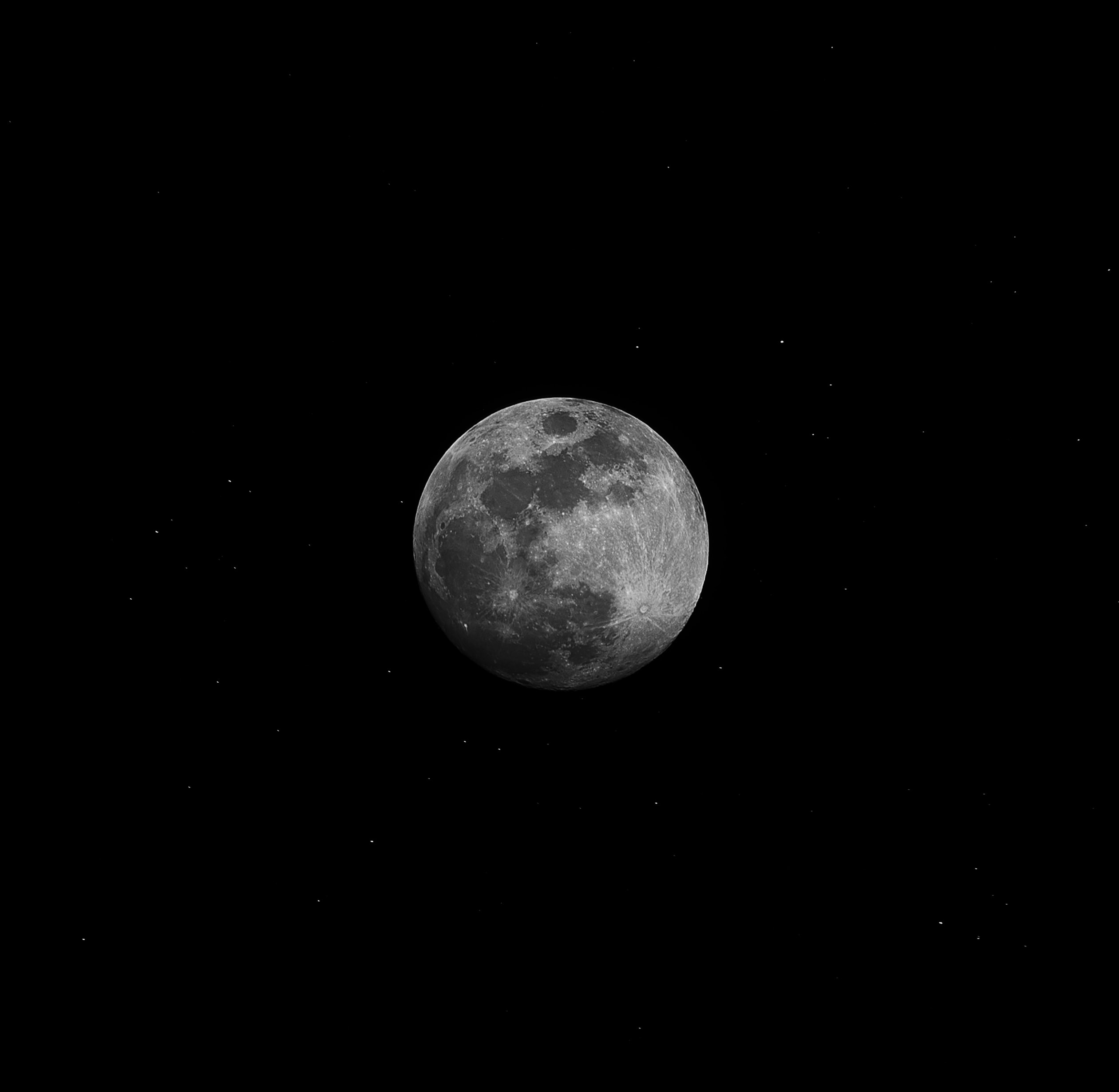Exploring the Beauty of Quarter Moon Images
There’s something magical about looking up at the night sky and witnessing the ever-changing phases of the moon. From the bright, full moon to the barely visible sliver, each phase offers its own unique beauty. One phase that often captivates stargazers is the quarter moon. In this blog post, we will dive into the mesmerizing world of quarter moon images, exploring their significance, capturing techniques, and the best times to observe and photograph them.
An Introduction to the Quarter Moon
Before delving into the realm of quarter moon images, let’s first understand what a quarter moon is. As the name suggests, a quarter moon is a phase of the moon where it appears as a semi-circle, dividing the lunar surface into two equal parts. This occurs when the moon is at a 90-degree angle in relation to the Earth and the Sun, resulting in half of the moon’s illuminated side being visible from Earth.
One of the key characteristics of the quarter moon is its distinctive shape. Unlike the full moon, which forms a complete circle, or the crescent moon, which appears as a thin sliver, the quarter moon showcases a gentle curve, providing a partial view of the moon’s surface.
Significance of Quarter Moon Images
Quarter moon images hold both scientific and artistic significance. From a scientific standpoint, quarter moons play a crucial role in our understanding of lunar phases and celestial mechanics. They provide valuable information regarding the moon’s position in its orbit and serve as a reference point for astronomers and scientists studying lunar cycles.
On the artistic front, quarter moon images have immense aesthetic value. The gentle curve and soft illumination create a visually captivating scene. The contrast between the illuminated portion and the darkened side adds depth and drama to the composition. The quarter moon’s unique shape also lends itself to creative compositions with other celestial objects and landscapes.
Capturing Quarter Moon Images
Capturing mesmerizing quarter moon images requires a combination of proper equipment, understanding of shooting techniques, and careful planning. Here are some essential tips to help you capture stunning quarter moon images:
1. Equipment
To capture detailed and sharp quarter moon images, a DSLR or mirrorless camera with a telephoto lens is ideal. A lens with a focal length of at least 200mm will allow you to capture the moon’s intricate features. Investing in a sturdy tripod is also essential to minimize camera shake and ensure a steady shot.
2. Camera Settings
When it comes to camera settings, start with a low ISO setting, such as ISO 100 or 200, to reduce image noise. Set your aperture to a medium value, typically around f/8, to maintain sharpness throughout the image. Experiment with shutter speeds to find the right balance between capturing the moon’s details and avoiding overexposure.
3. Timing is Everything
Timing plays a crucial role in capturing quarter moon images. The best time to photograph the quarter moon is during twilight, when the sky is not too bright and the moon is easily visible. This time provides the perfect balance of illumination, allowing you to capture the moon’s features without losing the surrounding context.
Use apps or websites that provide moonrise and moonset times for your specific location to plan your photography sessions effectively. These resources will also help you determine the moon’s trajectory across the sky, allowing you to frame your shots with other interesting elements, such as trees or buildings.
4. Composition and Framing
While the quarter moon itself is captivating, incorporating elements of interest in your composition can elevate your images. Experiment with framing the quarter moon alongside silhouettes of trees, mountains, or buildings to add depth and context. The contrast between nature and the celestial object creates a visually stunning image.
Additionally, try composing your shot using the “rule of thirds.” Position the quarter moon at one of the intersection points of an imaginary 3×3 grid, which divides the frame into nine equal parts. This technique helps create a visually balanced composition.
Conclusion
Quarter moon images offer a glimpse into the enchanting world of our lunar companion. By understanding the significance of these images, mastering the right techniques, and embracing creative compositions, you can capture stunning quarter moon photographs that leave viewers in awe.
Take the time to plan your photography sessions, experiment with different camera settings, and explore unique compositions. With persistence and a keen eye, you’ll be able to capture the mesmerizing beauty of quarter moon images and create timeless pieces of art.
Table of Contents
